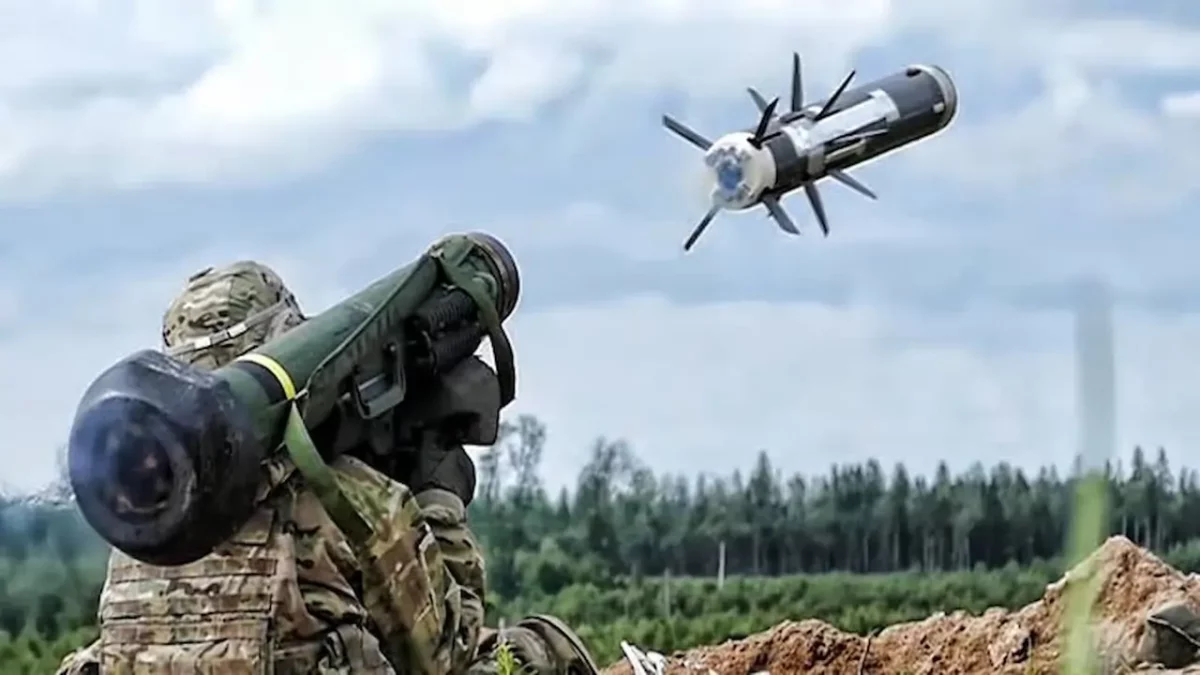In a major step toward achieving defence self-reliance, the Indian Army is set to induct the Man-Portable Anti-Tank Guided Missile (MPATGM) system by 2026, marking a decisive shift from ageing imported anti-tank weapons to a fully indigenous, third-generation missile.
Developed by the Defence Research and Development Organisation (DRDO) and manufactured by Bharat Dynamics Limited (BDL), the MPATGM features fire-and-forget technology, allowing soldiers to engage and destroy enemy tanks without maintaining visual contact. This leap replaces legacy wire-guided systems such as MILAN and Konkurs, significantly reducing operator vulnerability during combat.
A New Era in Anti-Tank Warfare
The lightweight MPATGM system, weighing under 30 kg, is designed for easy deployment in varied terrains—from deserts to high-altitude battlefields. It has an effective range of 200 to 4,000 metres and can be operated by a two-member team.
Equipped with a tandem High-Explosive Anti-Tank (HEAT) warhead, the missile can penetrate over 650 mm of rolled homogeneous armour, defeating even modern tanks fitted with explosive reactive armour (ERA).
Cutting-Edge Seeker and Attack Modes
The missile uses an Imaging Infrared (IIR) seeker for precise target acquisition, maintaining accuracy in adverse weather or low-visibility conditions. It supports direct and top-attack modes, the latter allowing the missile to strike a tank’s most vulnerable areas—the turret and engine deck—comparable to top-tier global systems like the FGM-148 Javelin and Spike-LR, but with over 90% indigenous components.
Development Journey and Trials
The MPATGM project was approved in 2015 with a budget of ₹73.46 crore, following lessons from the 2020 Galwan clashes which underscored the need for lightweight, precision anti-tank systems in mountainous terrain. Despite pandemic delays, DRDO completed rigorous trials between 2018 and 2024, including landmark tests at Pokhran, where the missile demonstrated pinpoint accuracy and tandem warhead effectiveness.
Toward Induction and Mass Production
Final user evaluations in 2026 will test the missile in extreme conditions such as high-altitude operations in Ladakh and urban combat zones. Upon successful completion, BDL and VEM Technologies will commence large-scale production, with the first deliveries expected by 2027.
Symbol of Self-Reliance
The MPATGM not only strengthens the Army’s anti-armour firepower but also exemplifies the success of the Aatmanirbhar Bharat initiative in defence innovation. It signifies India’s growing ability to develop advanced, cost-effective precision-guided systems indigenously—reducing dependence on foreign suppliers and bolstering national security.













